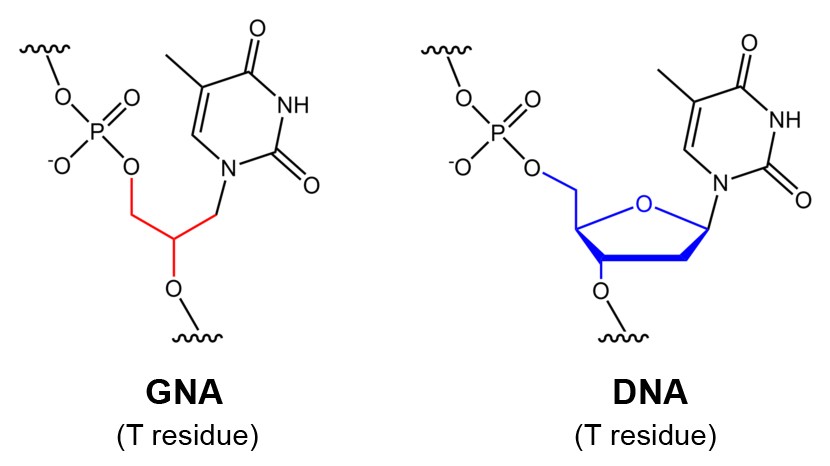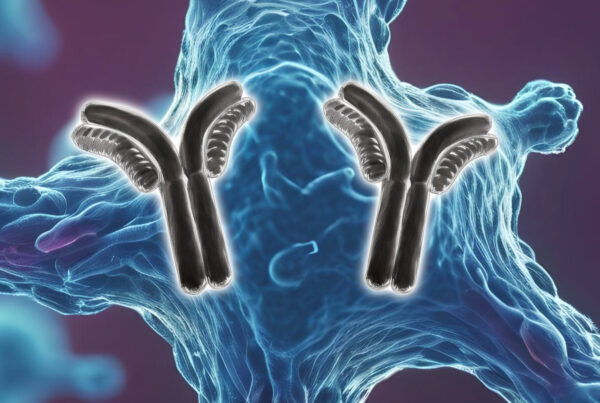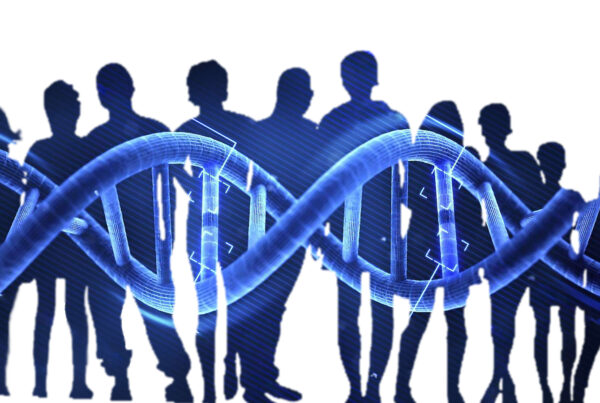DNA Day was first celebrated on April 25, 2003 in the United States. Annual DNA Day celebrations have since been organised by the National Human Genome Research Institute. The purpose of these events is to offer students, teachers and the public the opportunity to learn about the latest advances in genomic research.
Besides the advances in research and applications, there are a couple of other interesting and exciting facts about DNA:
1. Half-man, half-microorganism
Not quite, but humans harbour as many as 145 genes that have jumped from bacteria, viruses or other single-celled organisms through the process of horizontal gene transfer. Most of these genes play established roles in metabolism, immune responses and other biochemical processes.
2. No T-Rex resurrection
Scientists believe that DNA has a half-life of approximately 520 years. This means that at a temperature of -5°C, every bond would be destroyed after a maximum of 6.8 million years. DNA would cease to be readable much earlier, roughly at 1.5 million years. Bad news for the resurrection of a T-rex, as dinosaurs are believed to have lived 65 million years ago.

3. Are you a pumpkin head?
Humans and pumpkins share about 75% common DNA. About 98% of our genetic make-up is identical to chimpanzees and human-to human genetic variation is only 0.5% to 1%.
4. Get out of jail free card
DNA-based evidence has exonerated more than 300 wrongly convicted prisoners in the U.S. since 1989. Twenty of these prisoners have been on death row.
5. DNA goes sugar-free

Xeno nucleic acid (XNA) is a synthetic alternative to DNA. XNA is created by exchanging DNA’s sugar group for any number of artificially produced molecules. Six of these XNAs already exist, such as glycol nucleic acid (GNA), threose nucleic acid (TNA) and peptide nucleic acid (TNA).
6. To Pluto and back? You’ve got it in you!
If the DNA in all cells of the human body was uncoiled, it would stretch 16 billion kilometres. Depending on the location in their orbits, the distance from Earth to Pluto varies between 4 and 7.5 billion kilometres.
7. DNA in the cell’s power generator
Human mitochondrial DNA (mtDNA) encodes for only 37 genes. Of these genes, 13 code for proteins of the electron transport chain and the rest codes for transfer RNAs (tRNAs) and ribosomal RNAs (rRNAs). In mammalians, mtDNA is usually inherited from the mother, as mitochondria in mammalian sperm are normally lost or destroyed in the process of fertilisation.
8. DNA and CSI
In forensics, DNA profiling is based on PCR and uses short tandem repeats (STR) that are highly variable. DNA analysts in North America look at 13 specific DNA loci, whereas those based in the UK have a 17 loci system. The odds that two individuals have the same thirteen-loci DNA profile is about one in a billion.
9. An octoploid coffee bean

Humans are diploid organisms with two pairs of 23 chromosomes, or 46 in total. Some C. arabica coffee species are octoploids with eight sets of 11 chromosomes, or 88 in total.
10. All in a day’s work
It takes about 8 hours for a mammalian cell to completely copy its DNA. Human DNA replicates at a rate of 50 nucleotides per second at 20 to 80 origins of replication. In contrast, E. coli DNA replicates at a rate of 1,000 nucleotides per second at one single origin of replication. The process takes about 40 minutes.
11. Should Anne of Green Gables join X-Men?
Red hair, freckles and blue eyes are genetically considered mutations. Red hair appears in people with a recessive allele on chromosome 16 which produces an altered version of the MC1R protein. The MC1R gene is also often implicated in the presence of freckles. A specific mutation in the HERC2 gene, which affects the function of OCA2 is strongly linked to the appearance of blue eyes.
Bonus fun fact

All life-forms have DNA, but the only animal with ‘dna’ in its name is the echidna.
By Dr Andreas Ebertz
Do you like this article? Subscribe to our Newsletter and we will keep you informed about our next blog posts. Subscribe to the Eurofins Genomics Newsletter here.





